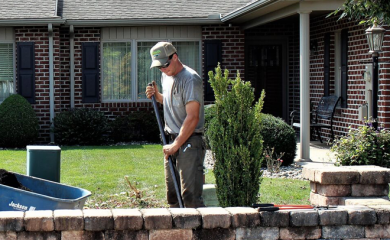When gardening, it is so easy to become inundated with information on how to care for each of your plants. At times, the resources of your research may agree, but at other times, it may leave you utterly perplexed about what to do.
That’s why it’s important to KEEP IT SIMPLE. Remember that your plants are very resilient – essentially, they need sunlight, soil, and water. The process of planting only gets complicated when you start thinking about the kinds of soil, the water cycles, and the sunlight requirements. But, we’re here to tell you:
“Don’t get overwhelmed and let the complexity of planting steal the joy that comes from it.”
Here are a few tricks to help simplify your planting and restore the delight that this process can bring:
- Make a planting map. This will help you determine how much sunlight each space receives on the daily and it gives you time to test the soil. By utilizing a mapping technique, it will also ensure that you purchase enough plants to fill a container or bed with no awkward gaps.

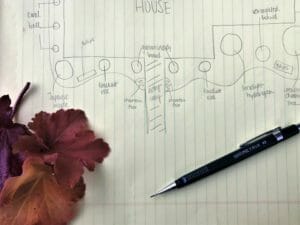
- Perform a soil test. Start by digging into different sections of your landscape bed to reveal its contents. If it splinters and is rocky, you have shale. If it’s gritty and dry, you have sand. If it’s gummy and wet, you have clay. If it’s almost black in color, you have peaty soil. The list could go on, but those are the top 4 types of soil. Knowing your soil type will enable you to grab complimentary plants that will thrive in your landscape.

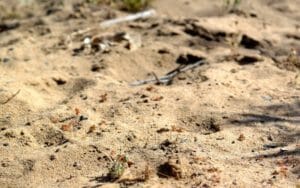

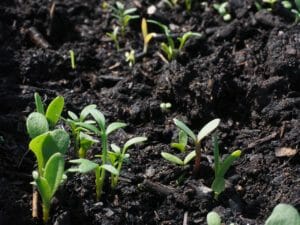
- Read the smart tags. They are attached to each plant for a reason, so take advantage of the summarized knowledge. Because you have a planting map at the ready, you should know which plants will work and which ones won’t.

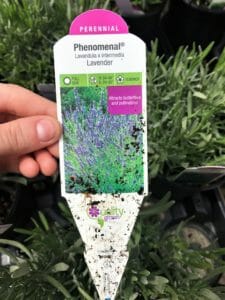
- The more soil the better. No one wants to run out of planting soil mid-planting so it’s better to be safe than sorry. It also helps to have leftovers so that you can top off pots and urns as the soil settles throughout the season.
- Add fertilizer before transplanting. Purchase a balance 10-10-10 fertilizer with equal parts nitrogen, phosphate, and potassium. This will provide additional nutrients to the plant as it acclimates to its new environment.
- Water Daily. For the first week, your new plants should be watered before or after (or sometimes both) the hottest part of the day and with a steady shower until a puddle appears at the roots. This allows for a deep, thorough watering without significant flooding.
Before you get started, we suggest you have the following tools to ensure your success in the garden:
- Hand Pruners. It’s important to utilize tools that are a good size for you and can accomplish the task. We recommend the pruners below – they are reliable, strong, but not over-sized. Our crews and Nursery Manager have these and love them!
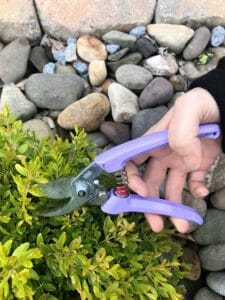

To support a local small business, you can get your pair of ARS pruners at our retail nursery, located at 3780 Sycamore Grove Road, Chambersburg Pa 17202
- Leather Gloves. Not only will this keep your nails clean, it will also protect your hands in case your plant has jagged leaves or thorns on the stem. The reason we recommend leather is because it’s more durable than other materials and, with time, they weather nicely.
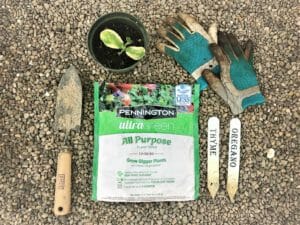
- Closed Toe Shoes. If digging a large hole with a shovel, we highly recommend wearing a sturdy, closed toe shoe for your safety. If watering, weeding and do light planting, we recommend a garden clog like the one below. They are waterproof, easy to clean, and are comfortable.
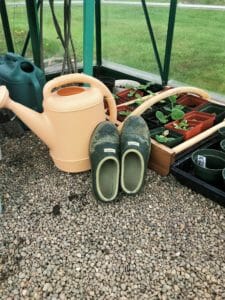
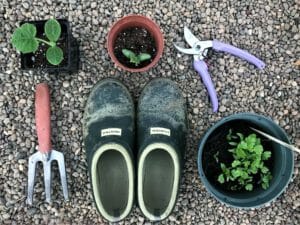
After all of this, the biggest take away should be to KEEP IT SIMPLE and remember that gardening should be a joy not a burden. So… here’s to trying new things, exploring different options, and creating a garden that enhances your stage of life.
ALSO FIND US ON 


